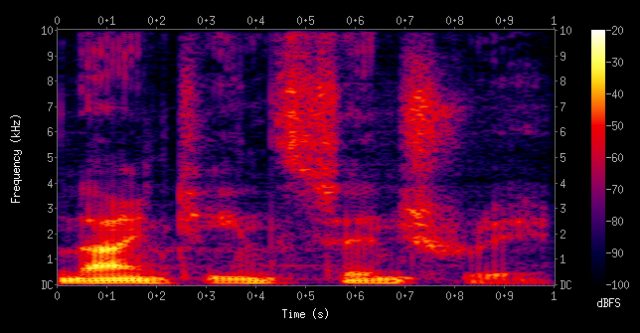
I’m admittedly sheepish about the fact that my emergence from pre-season blog hibernation has been prompted by internet clickbait. Nevertheless, here we are on the cusp of the summer, and the blog shall now resume brimming with information and excitement!
But before it does, we must take a moment to talk about Yanny and Laurel.
If this makes no sense to you, take a moment to step outside and review this New York Times piece. We’ll wait. (P.S. If you experiment with the slider, make sure you do it through a speaker that has a wide frequency range.)
Back? OK.
Beyond the novelty aspect of this, why should we care? Because it explains so much about why the world of operatic voices is such a beautiful chaotic opinion-fueled mess.
I have sat on enough audition and competition panels to know in my bones that we don’t all hear things the same way. Most of us would agree with that statement, but I believe that we still attribute it to personal and subjective preference – that we consider it a qualitative judgment. And to be sure, there is some of that in it. But thanks to Yanny and Laurel, I have a little more internet evidence on my side, boosting my belief that there are objective, scientific, and sonic reasons behind the differences.
In high school I was obsessed with oscilloscopes and spectrograms. As a pianist, I was fascinated with the illusion of legato – that one could take an instrument that involves an actual hammer strike and weave unbroken threads of melody with it. I continue to marvel at the way that a series of overtones create the waveform that is the signature of every voice. And I love wallowing in the linguistic and scientific data that explain the way we hear things. (Just in case you want some more nerdery, check out The Atlantic.)
The upshot? I’m a Yanny person. I have a personal preference for voices that tend on the dark/mellow/plummy/burnished side of the spectrum. And that I am correspondingly averse to ones on the bright/sparkling/silvery/brilliant end. (Doncha love the way opera people describe voices?:))
My ears immediately go to those bright high partials – in this experiment, the ones that carry the split-off bright [y] [æ] and [n] sounds. This gives me a slight preference for darker voices, because I’m really keyed into what bright overtones they do have, and my sense of their sound is far more balanced than it is for a listener whose auditory equipment minimizes the brightness. I learned early on that I had to mute this inclination in order to give more mainstream, middle-of-the-road feedback to the singers I work with. And furthermore, it takes very little for this conversation to tip over into things like intonation and pitch, for the presence or absence of certain partials can create the illusion that singers are under or above pitch even when they’re (scientifically speaking) not!
Ultimately, singers should be heartened by this new demonstration of how we hear things differently. The variety of timbres in the naked human voice is one of the things that makes opera endlessly fascinating, and there’s room for both Yanny and Laurel. Vive la différence.
That adds to my confidence for when I disagree with Ann!